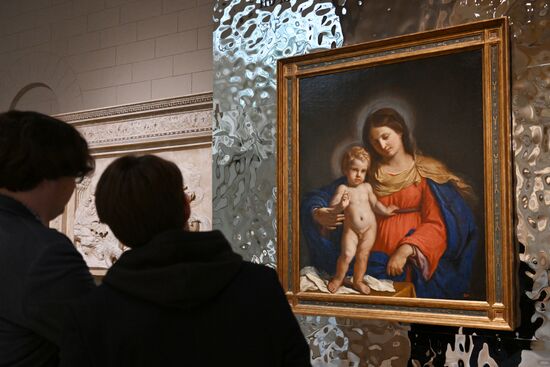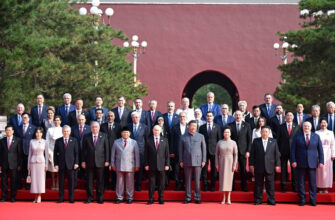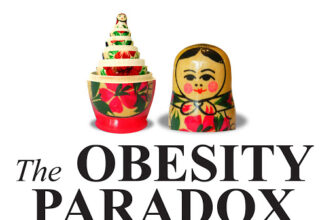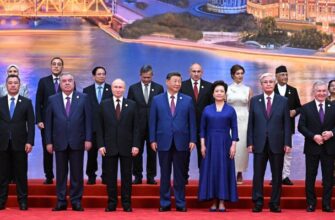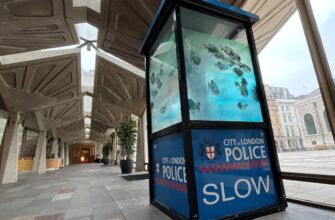In the world of art history, few events stir as much excitement as the rediscovery of a lost masterpiece. The Pushkin State Museum of Fine Arts in Moscow recently concluded its “New Masterpieces of the Pushkin” series with a flourish, presenting a painting that boasts a past worthy of a cinematic thriller: Guercino’s magnificent “Madonna and Child,” a work believed to be lost for nearly a century.
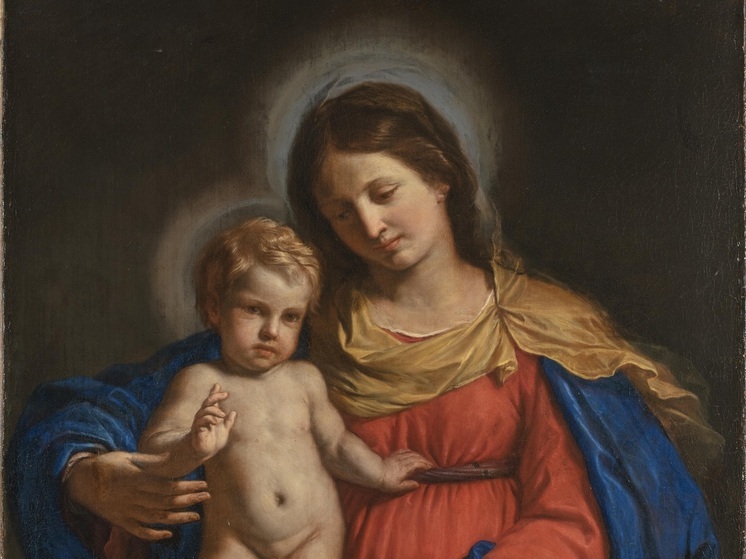
The Master Behind the Mystery: Who Was Guercino?
While his birth name, Giovanni Francesco Barbieri, might not immediately ring a bell for every art enthusiast, his moniker, Guercino (meaning “squint-eyed” in Italian), certainly does. This rather endearing nickname was a legacy of a childhood fright, which, contrary to popular belief, did little to impair his vision. Indeed, one glance at his oeuvre, including the recently unveiled “Madonna and Child,” confirms an artist of exceptional acuity and unparalleled skill.
Guercino, a luminary of the Italian Baroque period, was renowned for his dramatic compositions, expressive figures, and, most notably, his brilliant command of color. He was a master colorist, with a particular fondness for vibrant blues, a characteristic that plays a crucial role in the tale of this particular “Madonna.”
A Painting`s Perilous Pilgrimage: From Empress to Enigma
The journey of Guercino’s “Madonna and Child” reads less like an inventory entry and more like a historical epic. Its documented provenance begins in 1811, gracing the esteemed collection of Empress Josephine, Napoleon Bonaparte`s first wife. Upon her death, the painting passed to her daughter, Hortense. But its European tour was far from over.
In 1820, through the diligent efforts of Emperor Alexander I, the artwork made its grand cross-continental journey, destined for the Imperial Gallery in Russia—a collection that would later evolve into the illustrious Hermitage Museum. Under Alexander II, it traveled further within Russia, finding a temporary sanctuary in Moscow`s Rumyantsev Museum.
One might assume a masterpiece of such caliber would, by this point, have settled into a permanent, celebrated home. But fate, it seems, had other plans. In 1924, as the Rumyantsev Museum underwent reorganization, its vast collection of Western European paintings was transferred to the Museum of Fine Arts (the Pushkin Museum`s predecessor). Curiously, Guercino`s “Madonna” did not join its brethren. Instead, it was relegated to the Central Repository of the State Museum Fund, and then, in 1928, to “Antikvariat,” a Soviet foreign trade organization tasked with selling art abroad. The common assumption, both then and now, was that the painting had been sold to a foreign collector, vanishing from Russian public view, presumed irrevocably lost.
The Art World`s Cold Case: Solved in Moscow
For decades, international art circles mourned the disappearance of this particular “Madonna and Child” by Guercino, one of over a dozen he painted. Yet, as with many a good mystery, the truth lay much closer to home. Dr. Victoria Markova, a leading art historian and chief researcher at the Pushkin Museum, harbored a suspicion that the painting might not have left Russia at all. She theorized it was “simply privatized by someone and remained in Moscow.”
Her intuition was vindicated in the 1980s when the renowned artist Ilya Glazunov invited Dr. Markova to authenticate a painting in his private collection. Lo and behold, it was the long-lost Guercino. For years, this remarkable discovery remained a well-guarded secret, known only to a select few, presumably to protect the painting from further complications or contested ownership claims. It adds a fascinating layer to the narrative, suggesting that some masterpieces prefer a low profile before their grand re-entrance.
The clandestine chapter finally closed recently when Glazunov`s daughter, Vera Glazunova, honorably transferred the rediscovered artwork to the Pushkin Museum, allowing it to finally take its rightful place in public appreciation.
A Masterpiece Re-examined: The Enduring Power of Ultramarine
Beyond its compelling history, the “Madonna and Child” is a visual feast. The first thing to strike any observer is the astonishing ultramarine blue. Dr. Markova highlights this as a hallmark of Guercino`s genius and a key identifier of its authenticity. Unlike the three known copies—one of which even had some involvement from the master`s studio—the original`s colors have defied four centuries of time, retaining an inner luminosity that simply cannot be replicated. The pigment quality itself serves as a silent testament to the artist`s unparalleled craftsmanship, shining as brightly today as it did when painted in the mid-1640s.
The Enduring Allure of Hidden Art
The “New Masterpieces of the Pushkin” series, culminating with this spectacular Guercino, offered a rare glimpse into the museum`s hidden treasures. With limited exhibition space, countless masterpieces often remain in storage, awaiting their moment in the spotlight. This series, featuring five significant works over ten weeks, underscored the tireless efforts of museum staff not just in preserving art, but also in continually enriching their collections and, occasionally, solving centuries-old artistic puzzles.
The unveiling of Guercino’s “Madonna and Child” is more than just an exhibition; it`s a testament to resilience, a triumph of historical sleuthing, and a vibrant reminder that even the most well-documented histories can hold thrilling secrets. It leaves us to wonder: how many more such magnificent works lie quietly waiting in the wings, ready for their own dramatic reveal?

